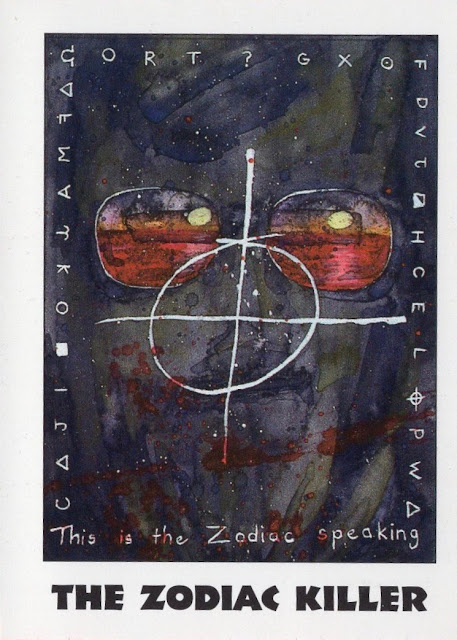If I may be so punny: there's a lot to unpack here. I mean, if it were just you & I right now, we'd just talk about the cards. Except, this particular subject matter has a bit of depth and controversy, so the guy sitting next to you is gonna want more than nostalgic musings and old bubblegum cards. And so, for that guy, let's get a little highbrow.
To a child (and probably to adults as well), the further you get away from history, the more it begins to take on the vibe of fiction. You can read about something or watch a program about something, but there's a disconnect that's forged when facts are prepared and served at the same temperature as "entertainment," and it's up to you to determine how much emotional distance you're comfortable with between yourself and various hard truths.
That's one group of folks. Another crowd is more-than-happy to invest their hearts & minds in the tragedies and triumphs of the past - that's the whole draw for them. For someone who doesn't get it, they typically fall back on the old phrase that they invented: "morbid curiosity." But to the initiated (like you & me) we understand a healthy fascination with human nature and all of its... idiosyncrasies.
Then, to a 9-year-old (like I was), they just like pretty pictures. Which finally (thank fucking god!) brings us to **drum roll** True Crime, Series 2: Serial Killers & Mass Murderers, released in 1992 by Eclipse.
Series One - titled G-Men & Gangsters - is nearly just as cool: to me it was like a hyper-realistic Dick Tracy (which, obviously, is not far from the truth). Dealing exclusively with Organized Crime in the early 20th century, the first half of the set was the "cleaner" story (even when it got real dirty). But the second half - full of cult leaders, psychotic loners, and sexual deviants - is when it got scary and gross. Y'know, for kids!
Each "killer" card came with an extremely dense bio on the back, graphically detailing their crimes, their childhood, whether or not they were caught, etc. But to be totally honest, at the tender age of 9, that was all subtext. The whole reason for collecting them, loving them, and writing about them today is the staggering artwork by Jon Bright. Some of the cards depicted crime scenes or general abstractions, but they were largely striking, ghostly, oil portraits of each respective perpetrator, complete with the prescribed splatter of blood alongside the border. As a child, so as it is today, this whole aesthetic (and the subject matter in which it's rooted) is mashed potatoes & gravy for me. I wouldn't have been able to defend it at the time, but my "questionable" absorption of serial killers came from an (almost) entirely artistic appreciation standpoint. I mean, to be fair, the gruesome details behind each menacing mug was attractive in an exploitative way (and anything having to do with history - however small-scale - was gold to me). But in the end, the cards were just neat-looking.
There were 110 cards in this Second Series: a lotta famous faces, but even more obscure ones. And while I'd love to educate you all on some lesser-known atrocities, these 4 superstars easily received the coolest-looking artwork in the set -- so much so that, to this day, whenever I come across these notorious names, these are the images I think of.
- Paul






























.jpg)



































No comments:
Post a Comment